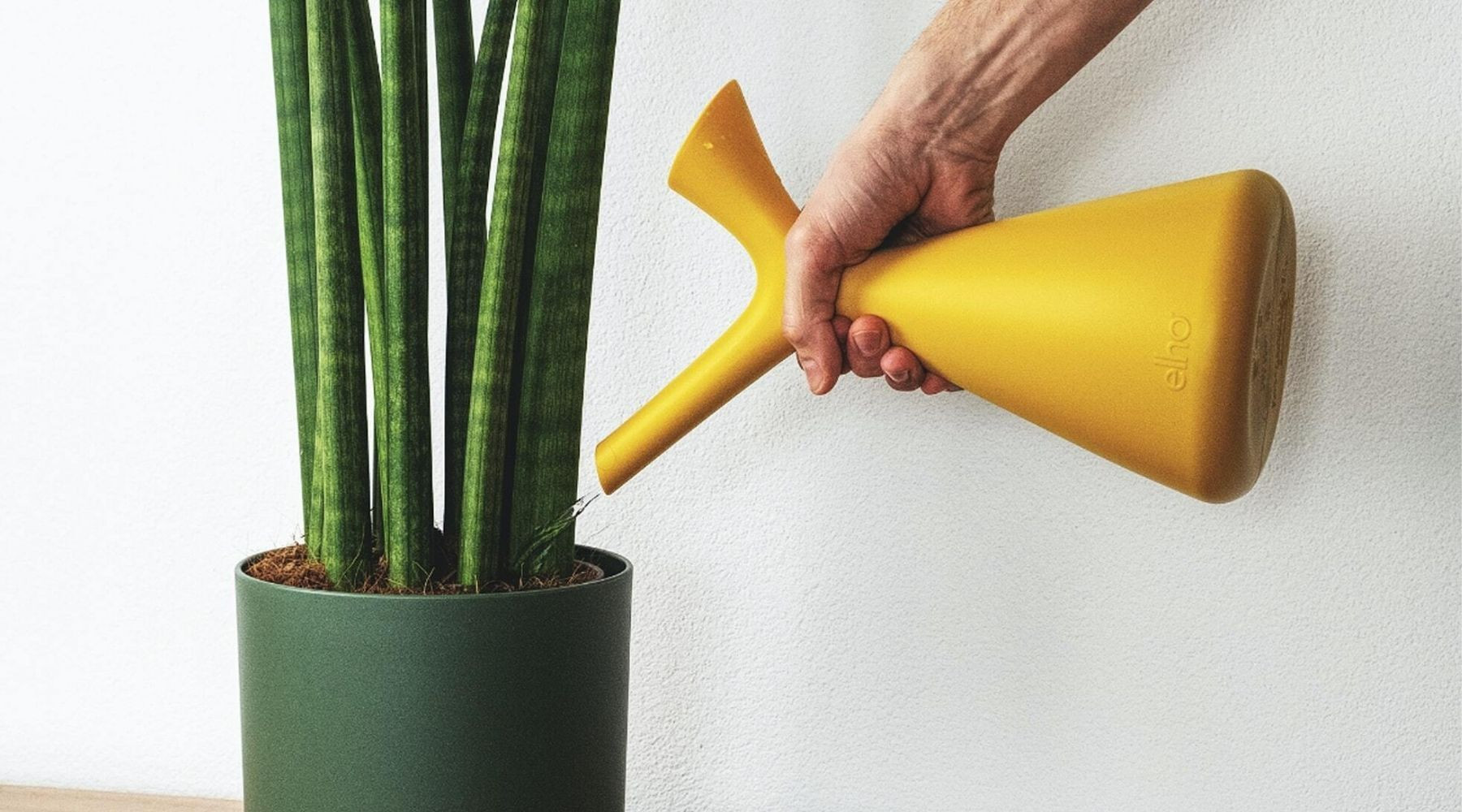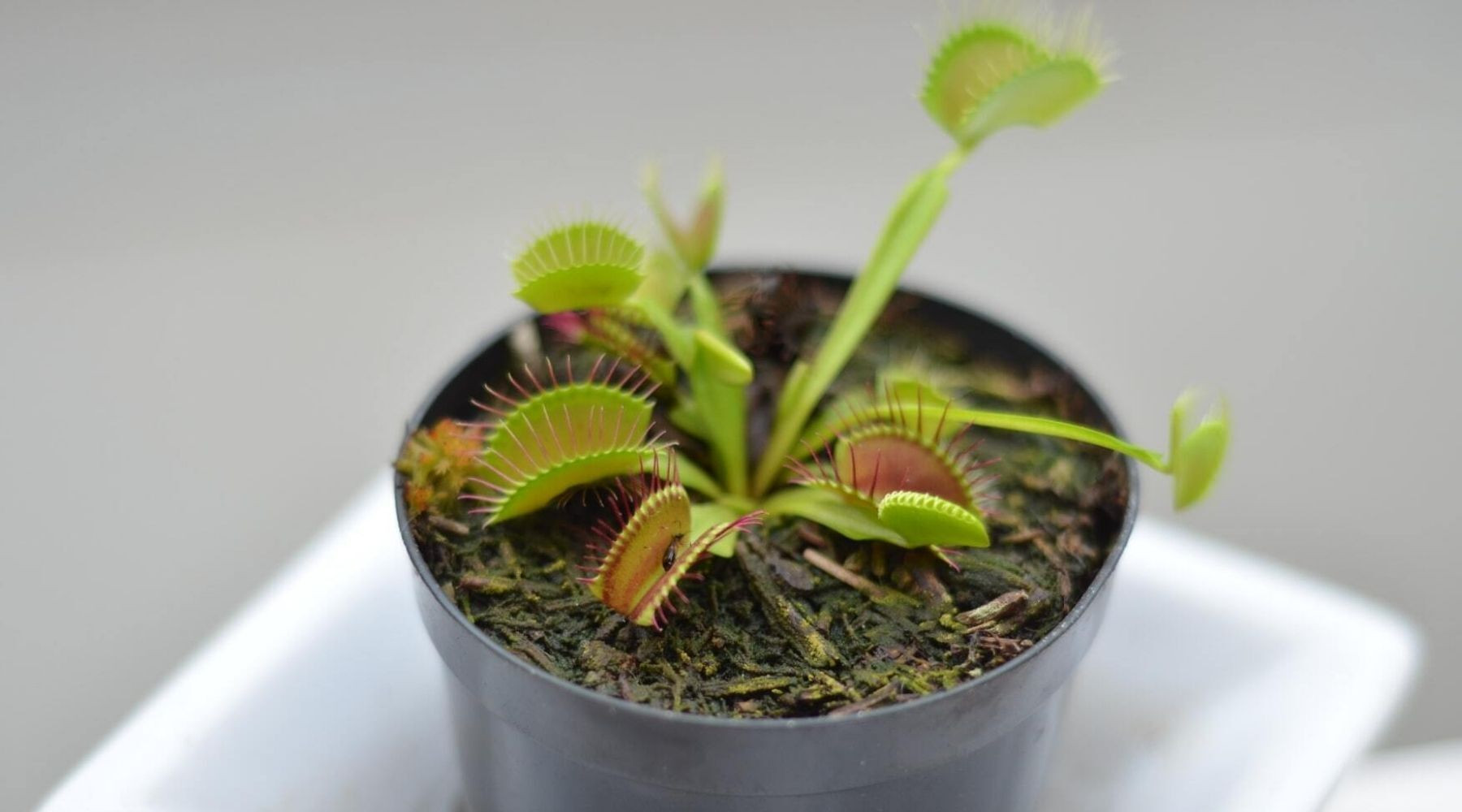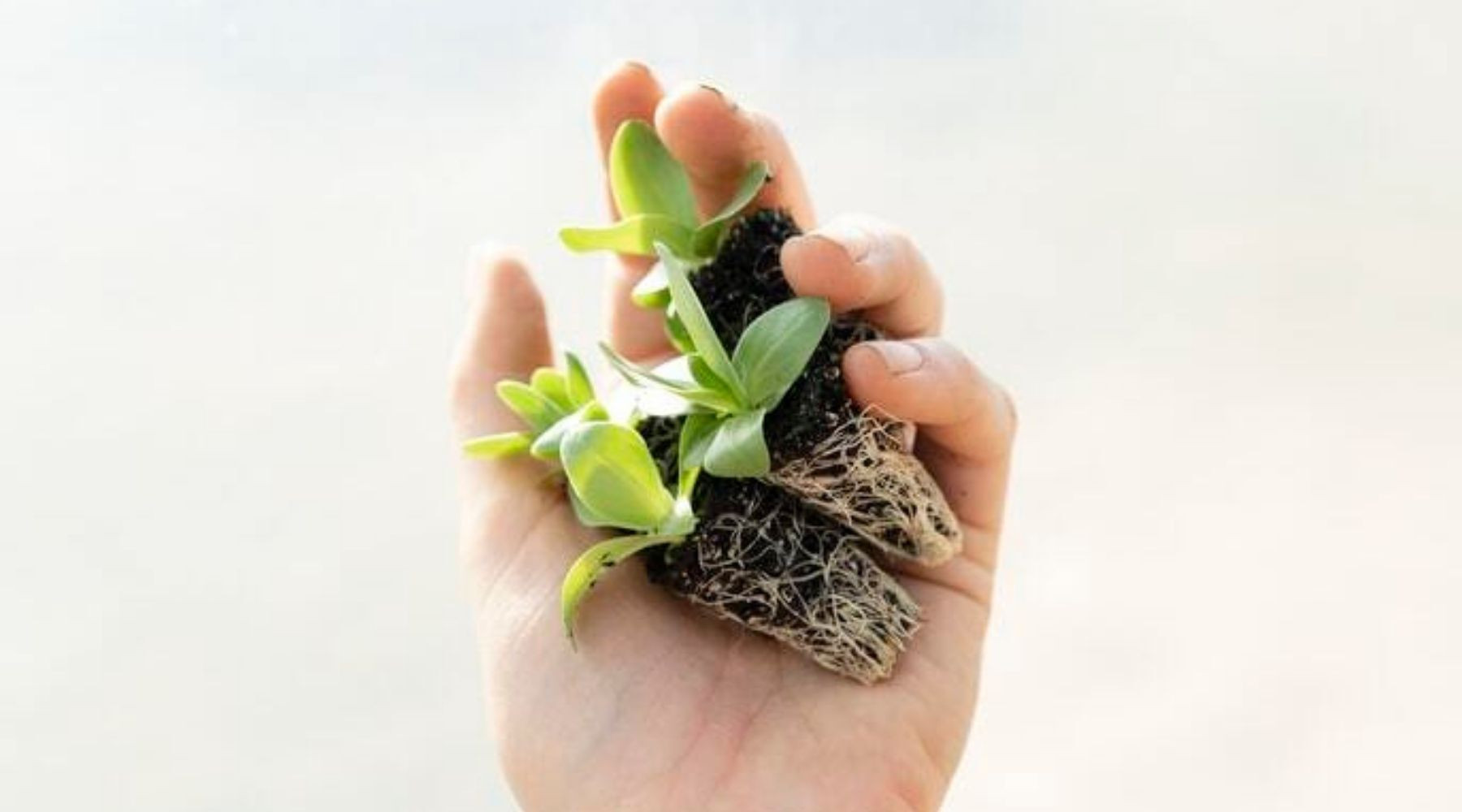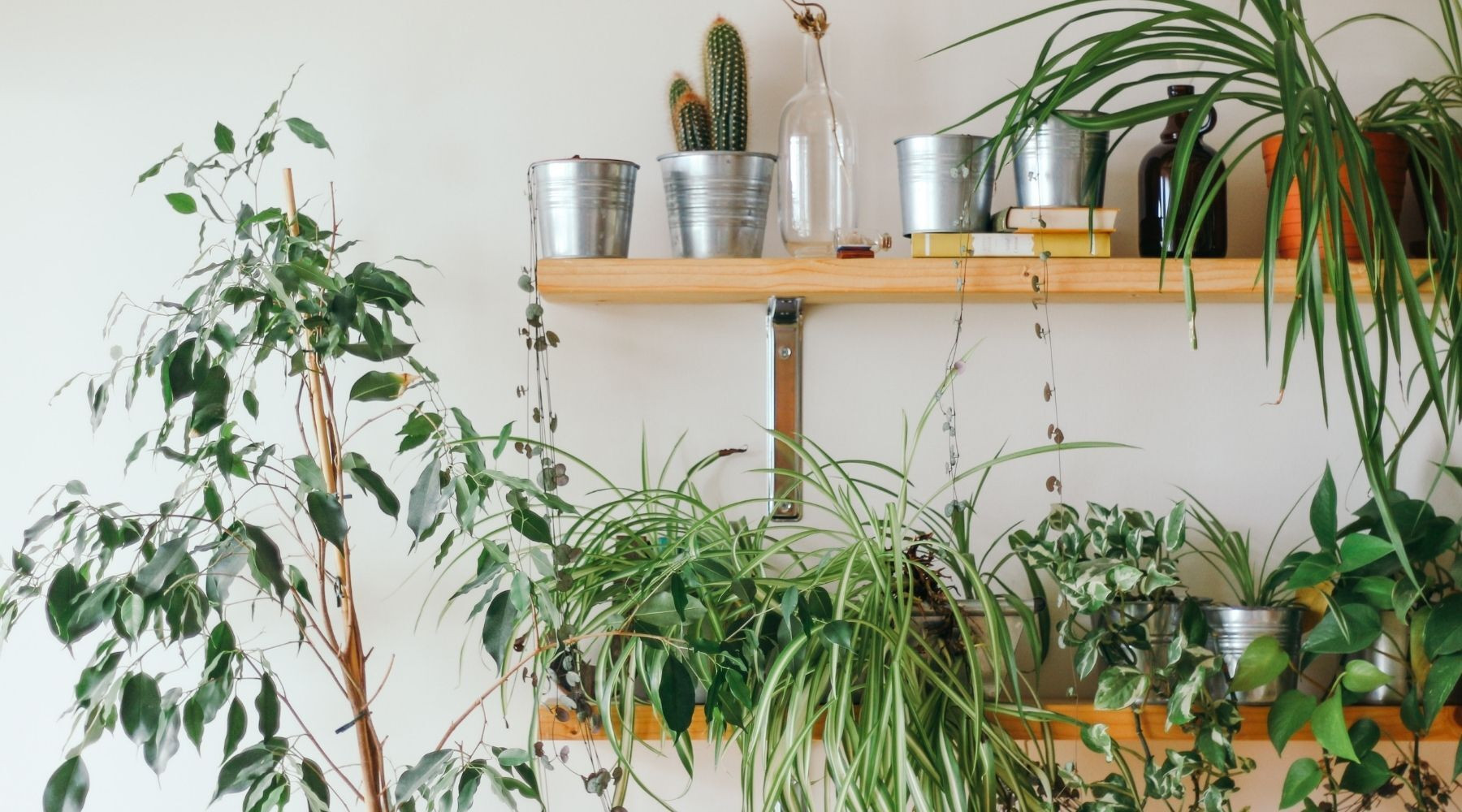You might have noticed tiny flies buzzing around your beloved houseplants and thought little of it, only to be greeted by a swarm days later. Welcome to the frustrating world of fungus gnats in your indoor garden!
Want to reclaim your space? This guide will walk you through the causes of these annoying houseplant flies and, most importantly, exactly How To Get Rid Of Flies In House Plants effectively. We’ll also touch on houseplant fungus identification, as fungal issues can unfortunately attract these pesky gnats. By the end of this article, you’ll be well-equipped to stop fungus gnats in their tracks and keep your houseplants thriving and fly-free.
Bromeliads are known for their resistance to gnat infestations, making them a great choice for those prone to these pests.
Bromeliad ‘Silvervase’
Identifying Flies in Houseplants: Are They Fungus Gnats?
 Fungus gnats on houseplant soil
Fungus gnats on houseplant soil
The culprits behind those annoying flies in your houseplants are likely Fungus Gnats. These small, brownish-grey flies, about 3-4mm long, are drawn to damp soil where they lay their eggs. While the larvae of fungus gnats can be detrimental to seedlings and young cuttings, they generally don’t cause significant harm to mature houseplants and pose no threat to humans.
For the most part, these houseplant flies are simply a nuisance. While they aren’t strong fliers and tend to stay close to their soil breeding grounds, they are attracted to carbon dioxide. This means you might find them uncomfortably close, buzzing around your face, particularly near your nose and mouth!
Detecting Fungus Gnats: The Potato Trick
Potato Slices as Gnat Larvae Detectors
When you have multiple houseplants, pinpointing the source of a gnat infestation can be tricky. Luckily, potatoes can act as excellent detectors. Gnat larvae are highly attracted to potatoes, making them a useful tool to identify infested plants.
To use this method, simply slice a raw potato into pieces and place them directly on top of the soil of your houseplants. Fungus gnat larvae will begin to migrate towards the potato slices within a few hours. For a clearer picture of the infestation level, it’s best to leave the potato slices overnight. Once you’ve assessed which plants are affected, you can choose the best method for getting rid of flies in your houseplants from the options detailed below.
Preventing Gnats in Houseplants: Proactive Measures
 Preventing fungus gnats in houseplants by avoiding overwatering
Preventing fungus gnats in houseplants by avoiding overwatering
Avoid Overwatering Your Plants
Prevention is always better than cure. The most effective way to prevent gnats in houseplants is to avoid overwatering. Fungus gnats are strongly attracted to consistently moist soil, as this provides the ideal environment for them to lay their eggs and for their larvae to thrive.
Ensure Proper Pot Drainage
Good drainage is crucial for healthy houseplants and gnat prevention. Make sure your plant pots have drainage holes that allow excess water to escape freely. Without adequate drainage, the soil will remain waterlogged, creating the damp conditions that fungus gnats love and need to breed.
Snake plants are known for their love of drier conditions and are naturally more resistant to fungus gnat infestations.
Snake Plant Zeylanica
Effective Methods for Getting Rid of Flies in Houseplants
 Various methods for getting rid of houseplant flies, including sticky traps and vinegar traps
Various methods for getting rid of houseplant flies, including sticky traps and vinegar traps
Let the Soil Dry Out Completely
One of the simplest and most natural ways to combat fungus gnats, especially if you’re dealing with a minor infestation, is to allow the top layer of soil to dry out completely between waterings. As fungus gnats need moist soil to survive and reproduce, drying out the soil makes your houseplant’s environment inhospitable for them, eventually leading to their demise.
Don’t worry about harming your plant by skipping a watering. Most houseplants are surprisingly resilient and can tolerate a period of dry soil without suffering long-term damage. Always check the specific watering needs of your plant, but generally, allowing the soil to dry slightly is beneficial in preventing and eliminating fungus gnats.
Utilize Sticky Traps to Catch Adult Gnats
Adult fungus gnats, while harmless to plants themselves, are the most bothersome stage of their life cycle as they fly around. To quickly reduce the number of adult gnats buzzing around your home while you address the larvae in the soil, sticky traps are a highly effective solution.
These traps are typically yellow cards coated with a non-toxic, sticky adhesive. The yellow color attracts the flies, and once they land on the trap, they become stuck and die. While not the most humane method, sticky traps are a practical way to quickly decrease the adult gnat population.
Fungus gnats, like many flying insects, are attracted to light sources. Positioning sticky traps near windows or artificial lights will maximize their effectiveness. You can also find sticky traps attached to small sticks, designed to be inserted directly into the houseplant soil for targeted gnat control.
Sticky traps can be left in place as long as necessary and discarded once the fungus gnat problem is resolved.
DIY Vinegar Traps: A Natural Solution
Vinegar traps are a highly effective and eco-friendly method for getting rid of flies in houseplants, and you can easily make them at home with simple ingredients. To create a vinegar trap, mix a few tablespoons of apple cider vinegar (or white vinegar) with 2-3 drops of liquid dish soap in a small dish or jar. The sweet scent of vinegar attracts the gnats, while the dish soap breaks the surface tension of the liquid, trapping and drowning them once they land.
Place the vinegar trap near your infested houseplant(s). Replenish the solution as needed and continue using traps until you no longer see gnats. With persistence, vinegar traps can significantly reduce and eliminate fungus gnat populations.
Introduce Carnivorous Plants for Natural Pest Control
For a natural and fascinating approach to gnat control, consider introducing carnivorous plants to your indoor garden. Plants like Venus flytraps and sundews are naturally adept at trapping and digesting insects, including fungus gnats. They act as living sticky traps, effectively reducing the number of adult gnats.
Carnivorous plants not only help control pests but also add an interesting and unique element to your houseplant collection. Plus, they benefit from the extra “protein” provided by the trapped gnats!
Chinese Evergreens are generally easy to care for, making them less prone to issues that attract pests like fungus gnats.
Chinese Evergreen ‘Silver Bay’
Houseplant Fungus Identification: Addressing the Root Cause
 Identifying houseplant fungus, such as mold on soil surface
Identifying houseplant fungus, such as mold on soil surface
Fungus gnats are named as such because they are strongly attracted to moist, fungus-rich environments. Therefore, identifying and addressing any fungal issues in your houseplants is a crucial step in preventing and controlling gnat infestations. Early houseplant fungus identification and treatment can significantly reduce the attractiveness of your plants to these pests.
Root and Stem Rot: A Sign of Overwatering and Fungal Issues
Root and stem rot is a common and serious problem in houseplants, often caused by overwatering. Excess moisture promotes the rapid growth of fungal mycelia, which infect plant roots and stems. Root and stem rot is often identifiable by soft, mushy, or brown, decaying patches at the base of the plant, near the soil line. There may also be a foul odor.
Unfortunately, by the time root and stem rot is visibly apparent, the infection is often advanced and widespread throughout the root system. In early stages, you might attempt to salvage the plant by carefully cutting away all infected roots and stems and treating the remaining healthy parts with a fungicide. However, prevention through proper watering and drainage is always the best approach.
Grey Mold: Airborne Fungal Infections
Grey mold is caused by airborne fungi that can land on your houseplants. It’s characterized by the appearance of fuzzy, grey patches of mold, typically on leaves, stems, or flowers. Grey mold thrives in humid conditions.
While dry conditions generally prevent grey mold, cool, humid environments can make your plants susceptible. If you notice grey mold, or brown, dead patches that may indicate early mold, promptly prune away the affected parts of the plant. Improving air circulation and moving the plant to a less humid location can help prevent further spread.
Fungal Leaf Spots: Identifying and Treating
Fungal leaf spots are relatively easy to recognize and treat. They manifest as small, circular brown or black spots on the leaves of your houseplants. These fungal infections are most common in cool and wet conditions.
To treat fungal leaf spots, remove any affected leaves and allow the plant to dry out slightly. Improving air circulation around the plant can also help. To prevent future occurrences, avoid getting water on the plant’s foliage when watering. Water in the morning to allow leaves to dry during the day, and reduce humidity levels if possible.
White Mold: Harmless Soil Surface Growth
White mold, appearing as fluffy, white, cotton-like growth on the surface of your houseplant soil, is often observed during winter when ventilation is limited due to closed windows. The good news is that white mold on the soil surface is generally harmless to both you and your plants. It’s typically a saprophytic fungus that feeds on decaying organic matter in the soil.
If you find white mold aesthetically unappealing, you can simply scoop it off the soil surface. Improving air circulation can also help prevent its recurrence.
Question Buster: Common Fungus Gnat FAQs
 Question and Answer section icon
Question and Answer section icon
Will gnats in houseplants disappear on their own?
No, unfortunately not. Fungus gnats reproduce rapidly. If left unaddressed, a small gnat problem will quickly escalate into a much larger infestation as they continue to multiply. Action is needed to get rid of flies in your house plants.
What is the lifespan of a fungus gnat?
The fungus gnat life cycle is relatively short. They spend the majority of their lives, approximately 2 weeks, in the larval stage within the soil. This is followed by a pupae stage lasting 3-7 days. Adult fungus gnats, the flying stage, live for about 8 days.
In Conclusion: Banishing Houseplant Flies
So there you have it – a comprehensive guide on identifying and effectively getting rid of flies in your houseplants! Generally, fungal issues and subsequent fungus gnat infestations are largely preventable by maintaining a drier and warmer environment for your houseplants. While this isn’t always easily achievable in every home, especially depending on climate and season, using dehumidifiers can be a helpful solution. Placing a dehumidifier in rooms with houseplants can help reduce excess moisture in the air, creating a less favorable environment for both fungi and fungus gnats, and contributing to healthier, happier, and fly-free houseplants.